Home>Furniture & Design>Interior Design Trends>What Is Flemish Glass
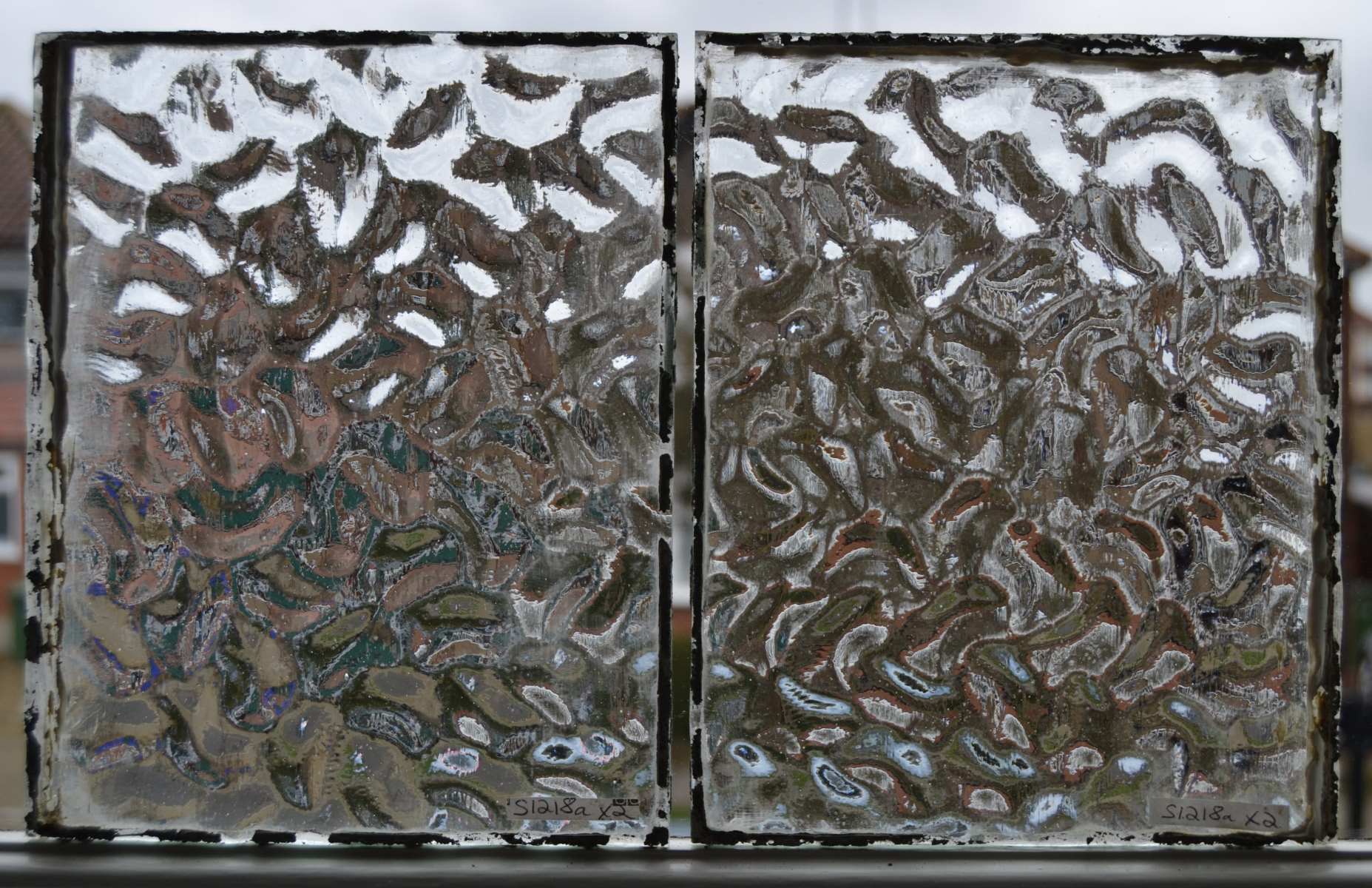

Interior Design Trends
What Is Flemish Glass
Modified: October 18, 2024
Discover the beauty of Flemish glass and its impact on interior design trends. Learn how this unique glass style can elevate your home decor.
(Many of the links in this article redirect to a specific reviewed product. Your purchase of these products through affiliate links helps to generate commission for Storables.com, at no extra cost. Learn more)
Introduction
Flemish glass, also known as "antique glass" or "restoration glass," is a type of glass that has gained popularity in interior design and architectural applications. This unique glass variety is renowned for its distinctive appearance, which adds a touch of timeless elegance to any space. With its rich history, unique characteristics, and versatile uses, Flemish glass has become a sought-after choice for homeowners, designers, and architects seeking to infuse spaces with a touch of old-world charm and sophistication.
Flemish glass is cherished for its ability to evoke a sense of nostalgia and craftsmanship, making it a popular choice for those looking to create a vintage or traditional aesthetic in their living or working environments. Its allure lies in its irregular surface, subtle imperfections, and gentle undulations, which contribute to its captivating visual appeal. This glass type is often associated with historical European architecture, adding a touch of authenticity and character to modern-day interiors.
As the demand for unique and characterful design elements continues to rise, Flemish glass has experienced a resurgence in popularity, captivating the imagination of interior design enthusiasts and industry professionals alike. Its ability to diffuse light in a soft and gentle manner, creating a warm and inviting ambiance, makes it a favored choice for windows, doors, partitions, and decorative accents.
In the following sections, we will delve into the captivating history of Flemish glass, explore its defining characteristics, uncover its diverse uses in contemporary design, shed light on the intricate production process, and provide insights into its maintenance and care. By gaining a deeper understanding of Flemish glass, you will be equipped with the knowledge to appreciate its timeless allure and consider its potential to elevate the aesthetic appeal of your living or working spaces.
Key Takeaways:
- Flemish glass, with its irregular surface and soft diffusion of light, adds old-world charm to modern spaces. Its timeless allure and versatility make it a cherished element in interior design, captivating the imagination of design enthusiasts.
- The production process of Flemish glass involves meticulous craftsmanship and traditional techniques, creating glass panels that embody historical elegance. By adhering to thoughtful maintenance practices, its captivating beauty can be preserved for years to come.
Read more: What Is A Cordial Glass
History of Flemish Glass
The history of Flemish glass is steeped in tradition and craftsmanship, dating back to the medieval era in Europe. The origins of this distinctive glass can be traced to the renowned glassmaking traditions of the Flemish region, which encompasses present-day Belgium and parts of the Netherlands and France. During the medieval period, Flemish glassmakers honed their skills, developing techniques that would later give rise to the unique aesthetic qualities that define Flemish glass.
Flemish glass gained prominence during the Gothic and Renaissance periods, becoming a hallmark of architectural and decorative excellence. Crafted by skilled artisans using age-old methods, this glass variety adorned the windows of grand cathedrals, palaces, and manor houses across Europe. Its characteristic imperfections and irregularities, resulting from the traditional manufacturing processes, became synonymous with the charm and authenticity of historical craftsmanship.
The allure of Flemish glass lies in its ability to capture and diffuse light in a captivating manner, creating a soft and ethereal ambiance within interior spaces. Its historical significance is intertwined with the architectural marvels of the past, where it played a pivotal role in illuminating sacred and secular structures, infusing them with a sense of grandeur and mystique.
Over the centuries, the art of Flemish glassmaking has endured, evolving to meet the demands of changing design trends while preserving its timeless appeal. Today, the legacy of Flemish glass lives on, cherished for its ability to evoke a sense of nostalgia and elegance in contemporary interiors. Designers and homeowners continue to seek out this glass variety, recognizing its capacity to imbue spaces with a touch of old-world charm and sophistication.
The rich history of Flemish glass serves as a testament to the enduring allure of traditional craftsmanship and the timeless beauty of this unique glass variety. As it continues to captivate the imagination of design enthusiasts and industry professionals, Flemish glass stands as a living testament to the legacy of European glassmaking traditions, offering a window into the past while illuminating the future of interior design.
Characteristics of Flemish Glass
Flemish glass is renowned for its distinctive characteristics, which set it apart as a timeless and captivating design element. Its allure lies in the unique visual and tactile qualities that evoke a sense of nostalgia and craftsmanship, making it a favored choice for those seeking to infuse spaces with a touch of old-world charm and sophistication.
-
Irregular Surface: One of the defining features of Flemish glass is its irregular surface, which sets it apart from conventional glass varieties. This irregularity is a result of the traditional manufacturing processes, where the glass is deliberately crafted to exhibit subtle imperfections and gentle undulations. These irregularities contribute to the glass's captivating visual appeal, creating a sense of depth and character that is unmatched by uniform glass surfaces.
-
Soft Diffusion of Light: Flemish glass possesses the unique ability to diffuse light in a soft and gentle manner, creating a warm and inviting ambiance within interior spaces. When illuminated, the glass exudes a subtle glow, casting enchanting patterns and shadows that add a layer of visual interest to the surrounding environment. This soft diffusion of light enhances the overall atmosphere, making Flemish glass an ideal choice for windows, doors, and partitions where a cozy and welcoming ambiance is desired.
-
Subtle Imperfections: Unlike modern, mass-produced glass, Flemish glass embraces its subtle imperfections as part of its inherent charm. These imperfections, such as tiny bubbles, ripples, and variations in thickness, contribute to the glass's organic and artisanal aesthetic. Each imperfection tells a story of the glassmaker's handcrafted approach, adding a layer of authenticity and character to the finished product.
-
Timeless Aesthetic: The timeless aesthetic of Flemish glass makes it a versatile choice for a wide range of interior design styles. Whether adorning the windows of a historic residence or incorporated into a contemporary architectural setting, Flemish glass effortlessly bridges the gap between the past and the present. Its ability to evoke a sense of tradition and elegance makes it a cherished element in both residential and commercial spaces.
-
Versatility: Beyond its traditional use in windows and doors, Flemish glass has found its way into various design applications, including decorative panels, room dividers, and lighting fixtures. Its versatility allows designers and architects to explore creative possibilities, integrating Flemish glass into diverse design schemes to add a touch of sophistication and visual intrigue.
In essence, the characteristics of Flemish glass, from its irregular surface to its soft diffusion of light and subtle imperfections, contribute to its timeless allure and enduring popularity in interior design and architectural applications. As a cherished symbol of craftsmanship and authenticity, Flemish glass continues to captivate the imagination of design enthusiasts, offering a glimpse into the rich traditions of European glassmaking while leaving a lasting impression on contemporary design aesthetics.
Uses of Flemish Glass
Flemish glass, with its timeless allure and captivating characteristics, finds versatile uses in contemporary interior design and architectural applications. Its unique visual and tactile qualities make it a favored choice for infusing spaces with a touch of old-world charm and sophistication. From windows and doors to decorative accents and lighting fixtures, Flemish glass lends its distinctive charm to a wide range of design elements, creating a lasting impact on interior environments.
Windows and Doors
One of the most prominent uses of Flemish glass is in windows and doors, where it adds a touch of elegance and character to architectural openings. The irregular surface and soft diffusion of light make it an ideal choice for creating a warm and inviting ambiance within interior spaces. Whether adorning the windows of a historic residence or incorporated into contemporary architectural settings, Flemish glass effortlessly bridges the gap between the past and the present, enhancing the visual appeal of both residential and commercial properties.
Read more: What Are Glass Packs
Decorative Panels and Room Dividers
Flemish glass is often utilized in decorative panels and room dividers, where it serves as a captivating focal point while allowing light to permeate through the space. Its subtle imperfections and timeless aesthetic make it a versatile choice for adding visual intrigue and a sense of craftsmanship to interior partitions. By incorporating Flemish glass into room dividers and decorative panels, designers can create distinct zones within a space while infusing it with a touch of sophistication and historical charm.
Lighting Fixtures
In the realm of lighting design, Flemish glass shines as a captivating material for creating unique and atmospheric fixtures. Whether used in pendant lights, chandeliers, or sconces, its ability to diffuse light in a soft and enchanting manner adds a layer of warmth and elegance to interior environments. The gentle glow emitted by Flemish glass lighting fixtures creates a captivating interplay of light and shadow, enhancing the overall ambiance and contributing to a memorable visual experience.
Architectural Accents
Beyond traditional applications, Flemish glass is also employed as architectural accents, adding a sense of authenticity and character to interior and exterior spaces. Whether incorporated into transom windows, skylights, or feature walls, its versatile nature allows designers and architects to explore creative possibilities, infusing spaces with a timeless aesthetic and a touch of historical craftsmanship.
In essence, the uses of Flemish glass extend across a spectrum of design elements, from windows and doors to decorative panels, room dividers, lighting fixtures, and architectural accents. Its ability to evoke a sense of tradition and elegance makes it a cherished element in interior design, leaving a lasting impression on contemporary spaces while honoring the rich traditions of European glassmaking.
Production Process of Flemish Glass
The production process of Flemish glass is a testament to the time-honored traditions and meticulous craftsmanship that define this unique glass variety. Rooted in centuries-old techniques, the creation of Flemish glass involves a series of intricate steps that culminate in the formation of glass panels imbued with character and timeless allure.
-
Glass Formulation: The production journey begins with the careful formulation of the glass composition. Skilled artisans combine high-quality raw materials, including silica sand, soda ash, and limestone, in precise proportions to create the glass batch. This meticulous process ensures the integrity and purity of the glass, laying the foundation for the creation of exquisite Flemish glass panels.
-
Melting and Refining: The glass batch undergoes a transformative journey as it is melted in a furnace at high temperatures. The intense heat causes the raw materials to fuse together, forming a molten glass mass. Throughout this stage, the glass undergoes refining processes to eliminate impurities and achieve the desired clarity and consistency, setting the stage for the subsequent crafting phases.
-
Hand-Blown Technique: A hallmark of Flemish glass production is the utilization of the hand-blown technique, where skilled glassblowers shape the molten glass into elongated cylinders known as "crowns." This labor-intensive process requires precision and expertise, as the glassblowers manipulate the molten material to achieve the desired dimensions and thickness, imparting subtle variations that contribute to the glass's organic aesthetic.
-
Flattening and Annealing: The hand-blown crowns are carefully flattened to create glass sheets, a pivotal step that sets the stage for the distinctive characteristics of Flemish glass. The sheets undergo annealing, a controlled cooling process that relieves internal stresses and enhances the glass's strength and durability. This meticulous treatment ensures that the glass panels exhibit the desired irregularities and subtle imperfections that define Flemish glass's timeless allure.
-
Surface Texturing: Skilled artisans employ traditional techniques to texture the surface of the glass, imparting gentle undulations and irregularities that contribute to its captivating visual appeal. These surface treatments are meticulously executed, adding depth and character to the glass panels while preserving the artisanal aesthetic that distinguishes Flemish glass from mass-produced alternatives.
-
Quality Inspection: Throughout the production process, rigorous quality inspections are conducted to ensure that each glass panel meets the exacting standards of craftsmanship and visual appeal associated with Flemish glass. Imperfections are embraced as part of the glass's inherent charm, reflecting the artisanal nature of the production process and adding a layer of authenticity to the finished product.
In essence, the production process of Flemish glass is a labor of love, where time-honored techniques and skilled craftsmanship converge to create glass panels that embody the timeless allure and captivating characteristics of this unique glass variety. From the meticulous formulation of the glass batch to the hand-blown shaping, texturing, and quality assurance, each step in the production journey contributes to the creation of Flemish glass panels that evoke a sense of tradition, elegance, and historical craftsmanship.
Read more: What Is A Crystal Glass?
Maintenance and Care of Flemish Glass
Maintaining the timeless allure and captivating beauty of Flemish glass requires thoughtful care and attention to ensure its longevity and visual appeal. Whether adorning windows, doors, decorative panels, or lighting fixtures, Flemish glass can be preserved in pristine condition with the following maintenance guidelines:
Regular Cleaning
Regular cleaning is essential to keep Flemish glass looking its best. Begin by gently removing any surface dust and debris using a soft, lint-free cloth or a duster. For more thorough cleaning, prepare a mild solution of warm water and a gentle glass cleaner. Avoid using abrasive or ammonia-based cleaners, as these can compromise the glass's delicate surface. Carefully wipe the glass with the cleaning solution, ensuring even coverage, and then gently dry it with a clean, soft cloth to prevent water spots.
Gentle Handling
When handling Flemish glass, it is important to exercise care and gentleness to avoid accidental damage. Whether cleaning the glass or making adjustments to architectural elements, handle it with a delicate touch to prevent scratches or chips. Additionally, avoid placing heavy objects directly against Flemish glass surfaces to minimize the risk of impact-related damage.
Preservation of Surface Texture
The unique surface texture of Flemish glass is a defining feature that contributes to its timeless allure. To preserve this characteristic, refrain from using abrasive materials or harsh cleaning techniques that could compromise the glass's textured surface. By maintaining the glass's gentle undulations and irregularities, its artisanal aesthetic can be upheld, adding to the overall charm of the space it inhabits.
Read more: What Is Insulated Glass
Protection from Harsh Elements
In environments where Flemish glass is exposed to the elements, such as in exterior windows or doors, it is important to protect it from harsh weather conditions. Regularly inspect the surrounding seals and frames to ensure they provide adequate protection against moisture and drafts. Additionally, consider applying a protective coating or sealant specifically designed for glass surfaces to enhance its resistance to environmental factors.
Professional Maintenance
Periodic professional maintenance by experienced glass care specialists can further ensure the longevity and pristine condition of Flemish glass. Professional cleaning and inspection services can address any accumulated grime or potential issues, preserving the glass's timeless appeal and allowing it to continue enchanting interior and exterior spaces for years to come.
By adhering to these maintenance and care practices, Flemish glass can retain its captivating beauty and timeless allure, enriching interior and architectural environments with its unique visual and tactile qualities. With thoughtful attention and gentle care, the enduring charm of Flemish glass can be preserved, allowing it to continue captivating the imagination and infusing spaces with a touch of historical elegance.
Conclusion
In conclusion, Flemish glass stands as a timeless testament to the rich traditions of European glassmaking, embodying a captivating blend of history, craftsmanship, and enduring allure. From its origins in the medieval era to its continued relevance in contemporary interior design, Flemish glass has left an indelible mark on architectural and decorative excellence. Its irregular surface, soft diffusion of light, subtle imperfections, and timeless aesthetic have positioned it as a cherished element in interior and architectural applications, captivating the imagination of design enthusiasts and industry professionals alike.
The history of Flemish glass, rooted in the glassmaking traditions of the Flemish region, reflects centuries of skillful artisanship and a dedication to creating glass panels that evoke a sense of nostalgia and elegance. Its prominence during the Gothic and Renaissance periods, adorning grand cathedrals and manor houses, underscores its enduring appeal as a symbol of historical craftsmanship and architectural splendor.
The characteristics of Flemish glass, from its irregular surface to its soft diffusion of light and subtle imperfections, contribute to its timeless allure and versatility in interior design. Its ability to infuse spaces with a touch of old-world charm and sophistication has led to its widespread use in windows, doors, decorative panels, lighting fixtures, and architectural accents, leaving an indelible mark on interior environments.
The production process of Flemish glass, characterized by meticulous glass formulation, hand-blown shaping, and surface texturing, exemplifies the time-honored techniques and skilled craftsmanship that define this unique glass variety. Each step in the production journey contributes to the creation of glass panels that embody the timeless allure and captivating characteristics of Flemish glass, offering a glimpse into the rich traditions of European glassmaking.
Furthermore, the maintenance and care of Flemish glass are essential to preserving its captivating beauty and timeless allure. By adhering to thoughtful maintenance practices, including regular cleaning, gentle handling, preservation of surface texture, protection from harsh elements, and periodic professional maintenance, Flemish glass can continue enchanting interior and architectural environments for years to come.
In essence, Flemish glass transcends time and trends, offering a glimpse into the past while illuminating the future of interior design. Its ability to evoke a sense of tradition, elegance, and historical craftsmanship makes it a cherished element in contemporary spaces, leaving a lasting impression on those who appreciate its timeless allure and captivating beauty. As the demand for unique and characterful design elements continues to rise, Flemish glass remains a beacon of artistry and sophistication, enriching interior and architectural environments with its enduring charm.
Frequently Asked Questions about What Is Flemish Glass
Was this page helpful?
At Storables.com, we guarantee accurate and reliable information. Our content, validated by Expert Board Contributors, is crafted following stringent Editorial Policies. We're committed to providing you with well-researched, expert-backed insights for all your informational needs.

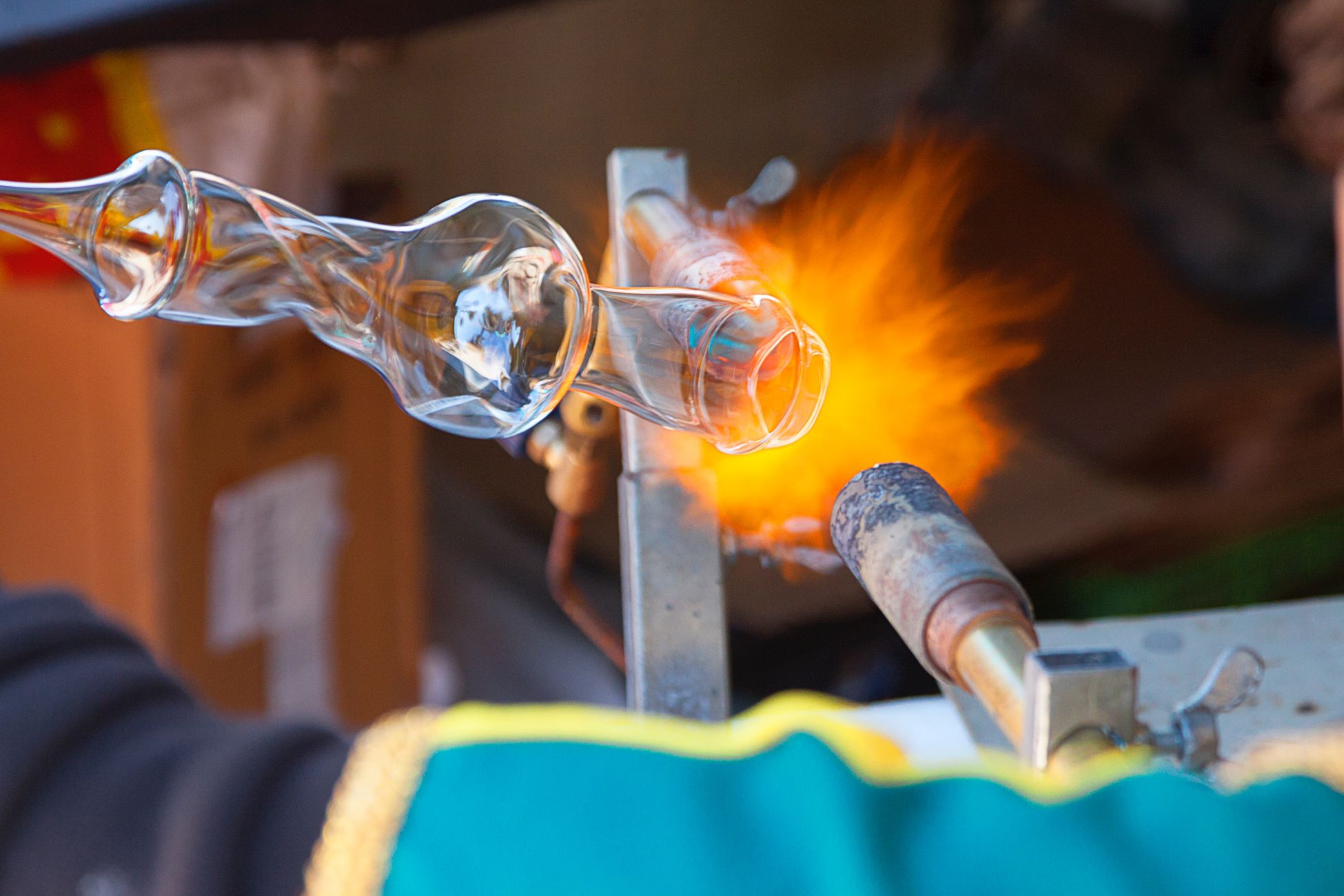
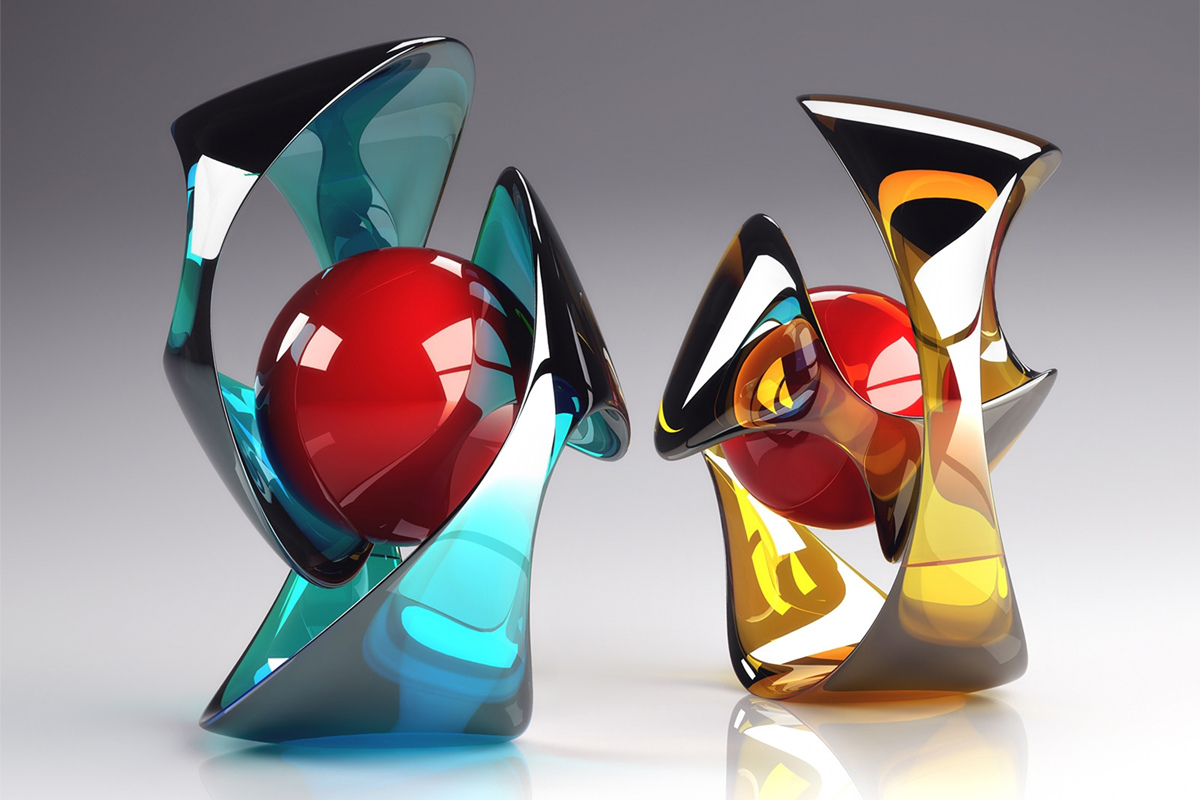

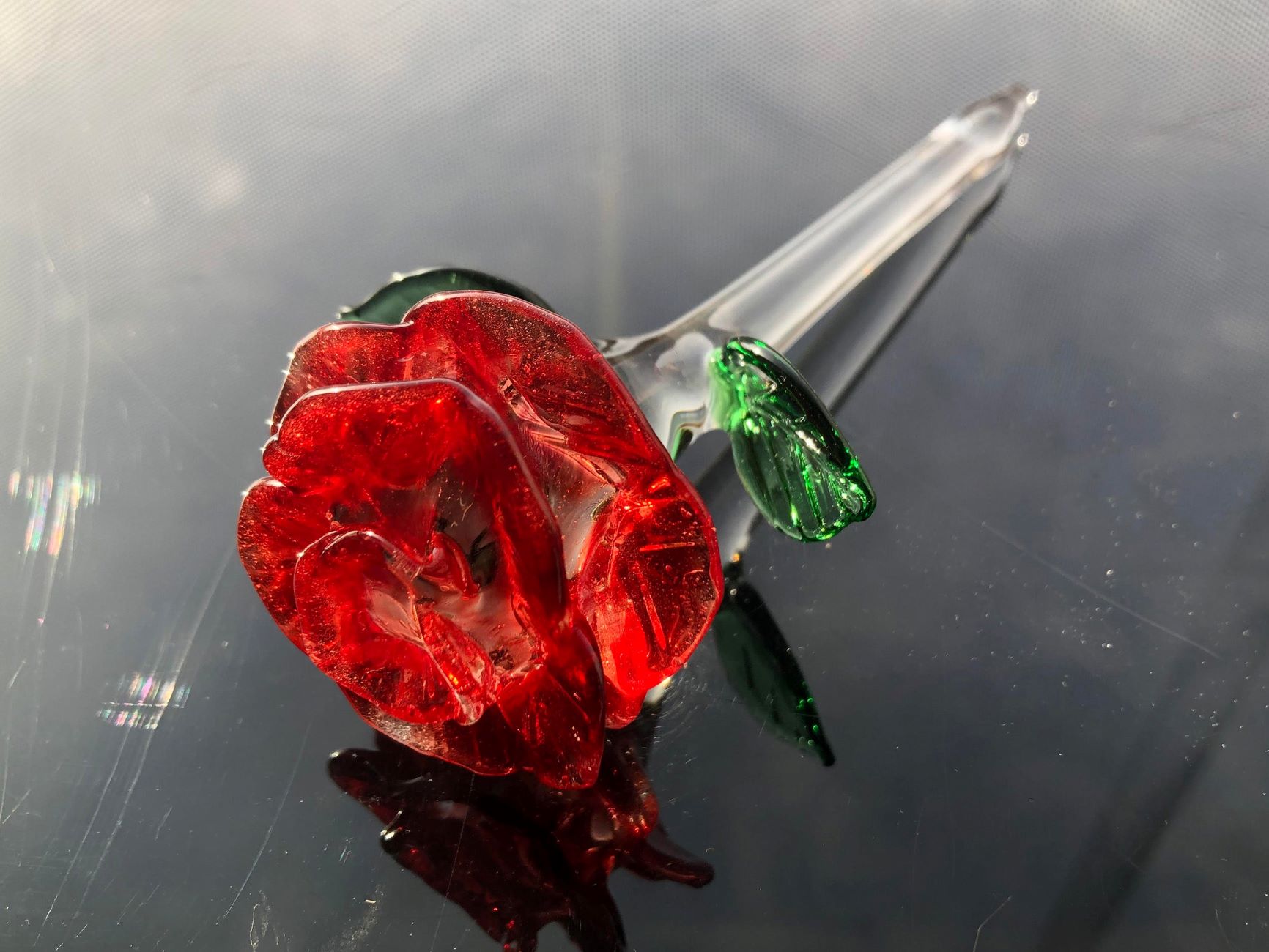
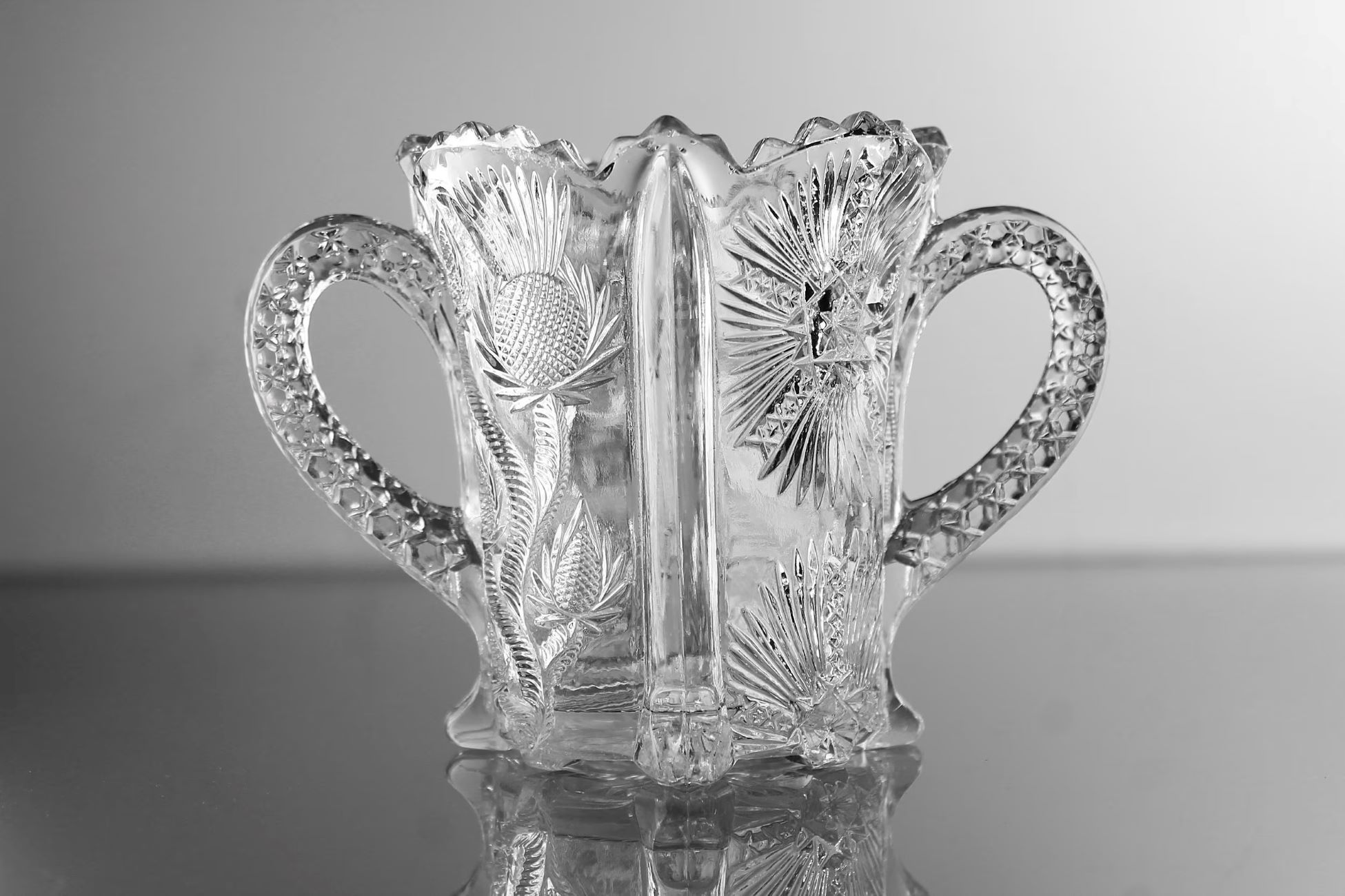
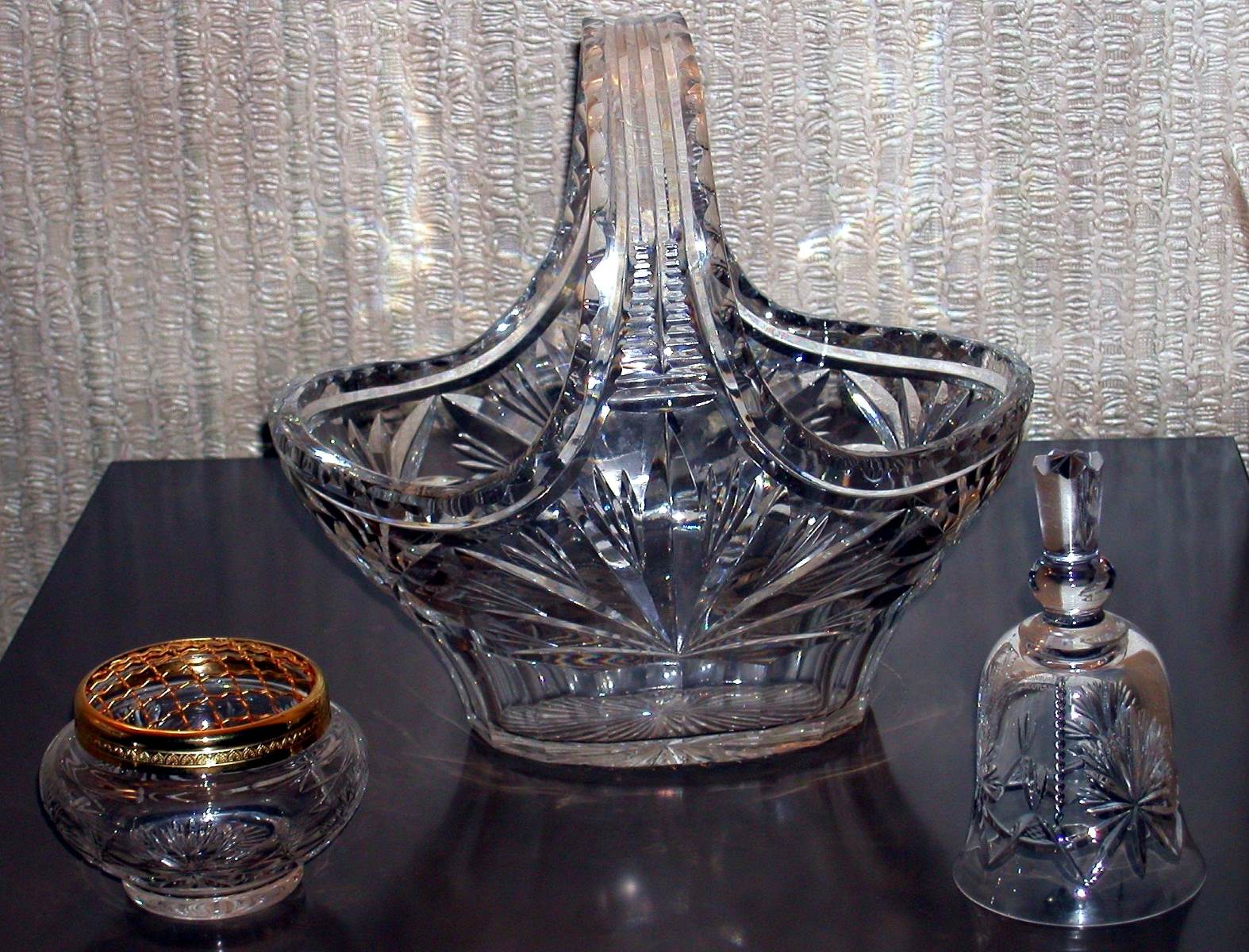
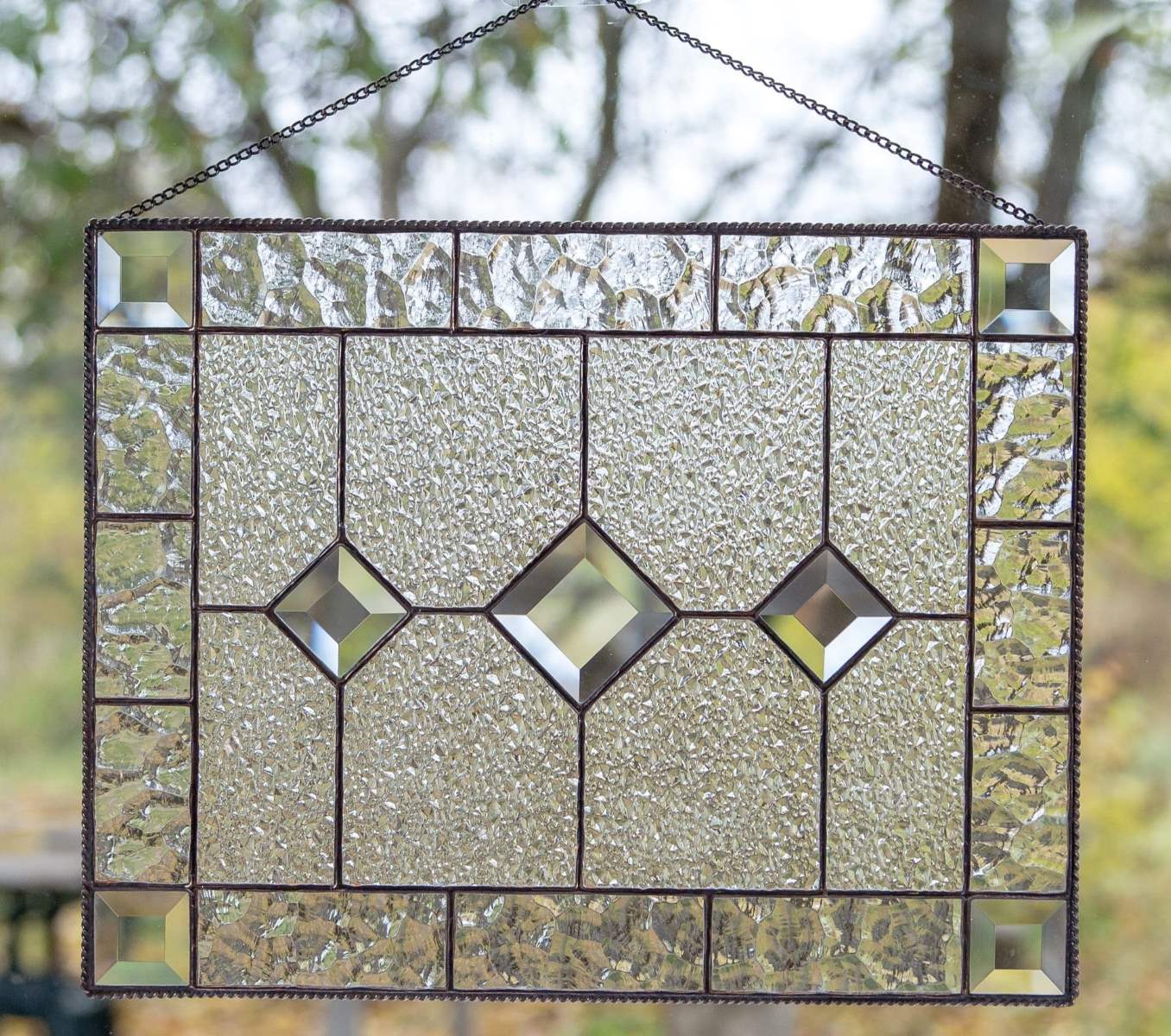

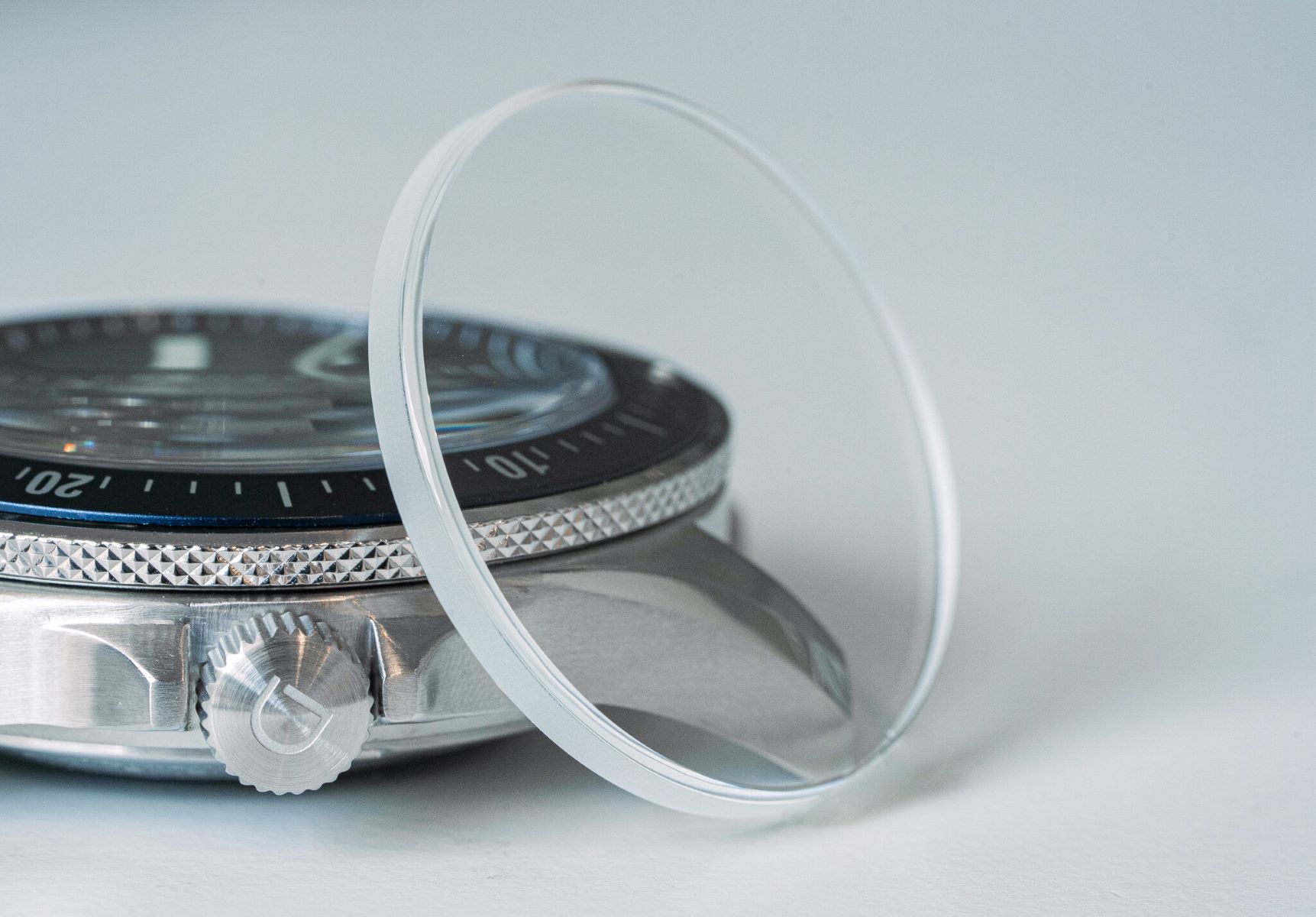

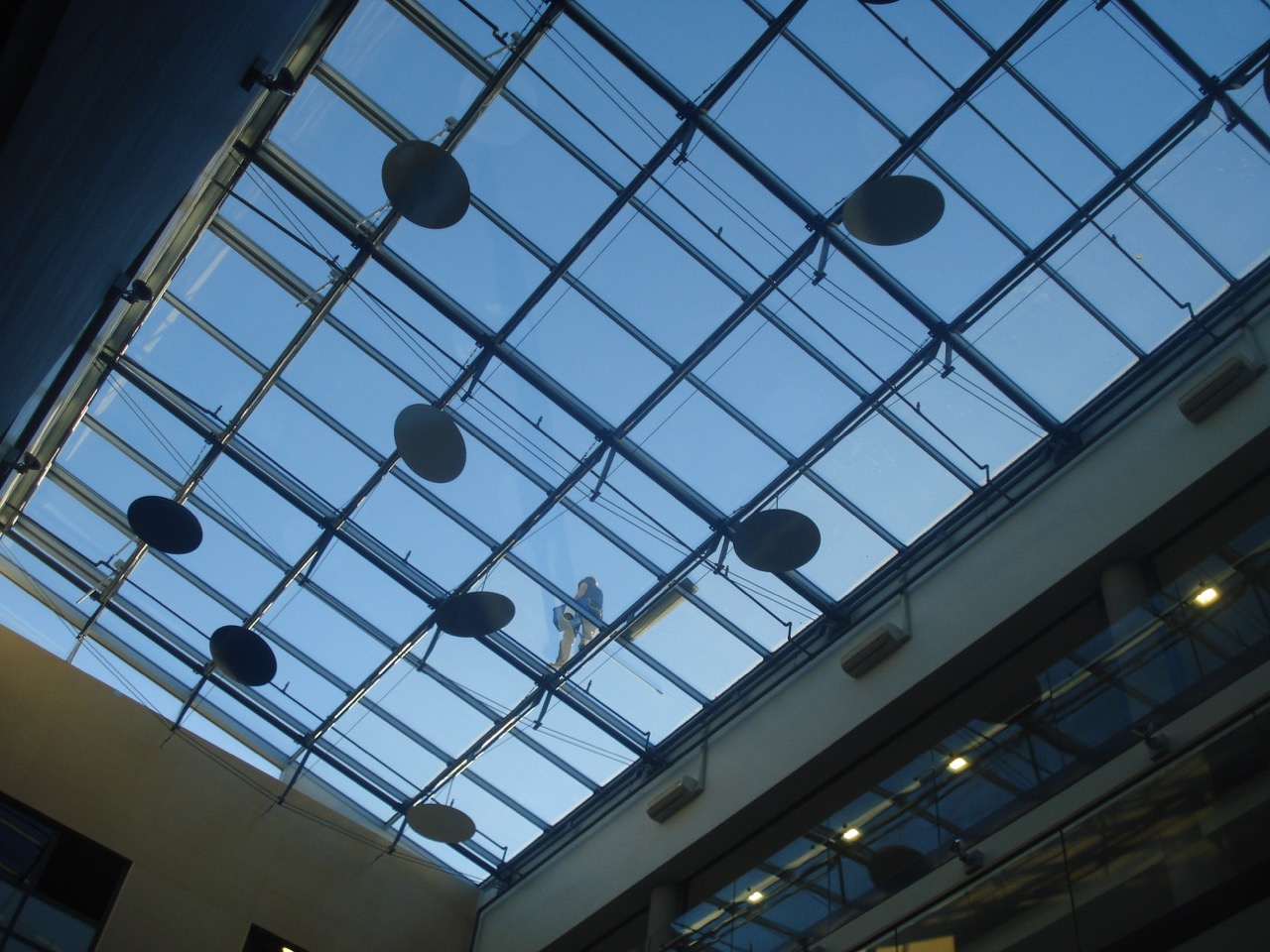

0 thoughts on “What Is Flemish Glass”